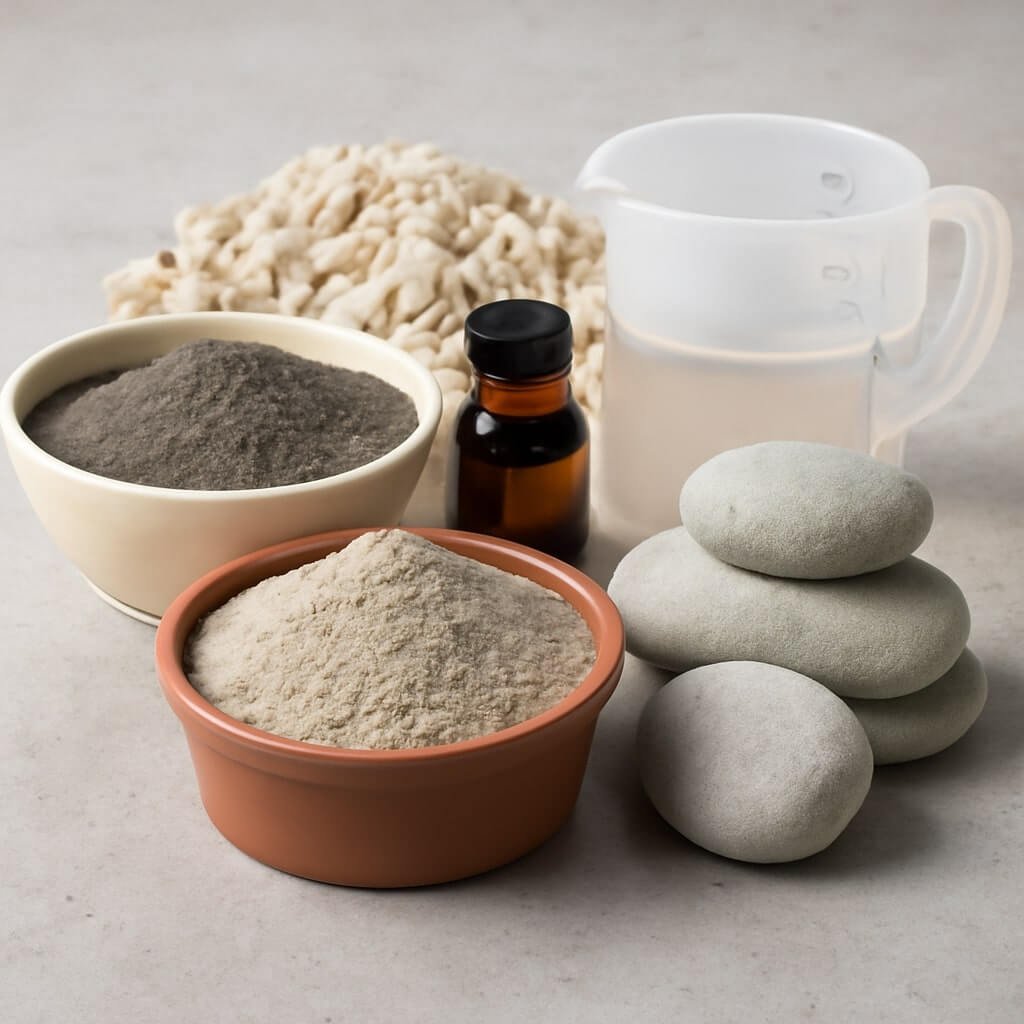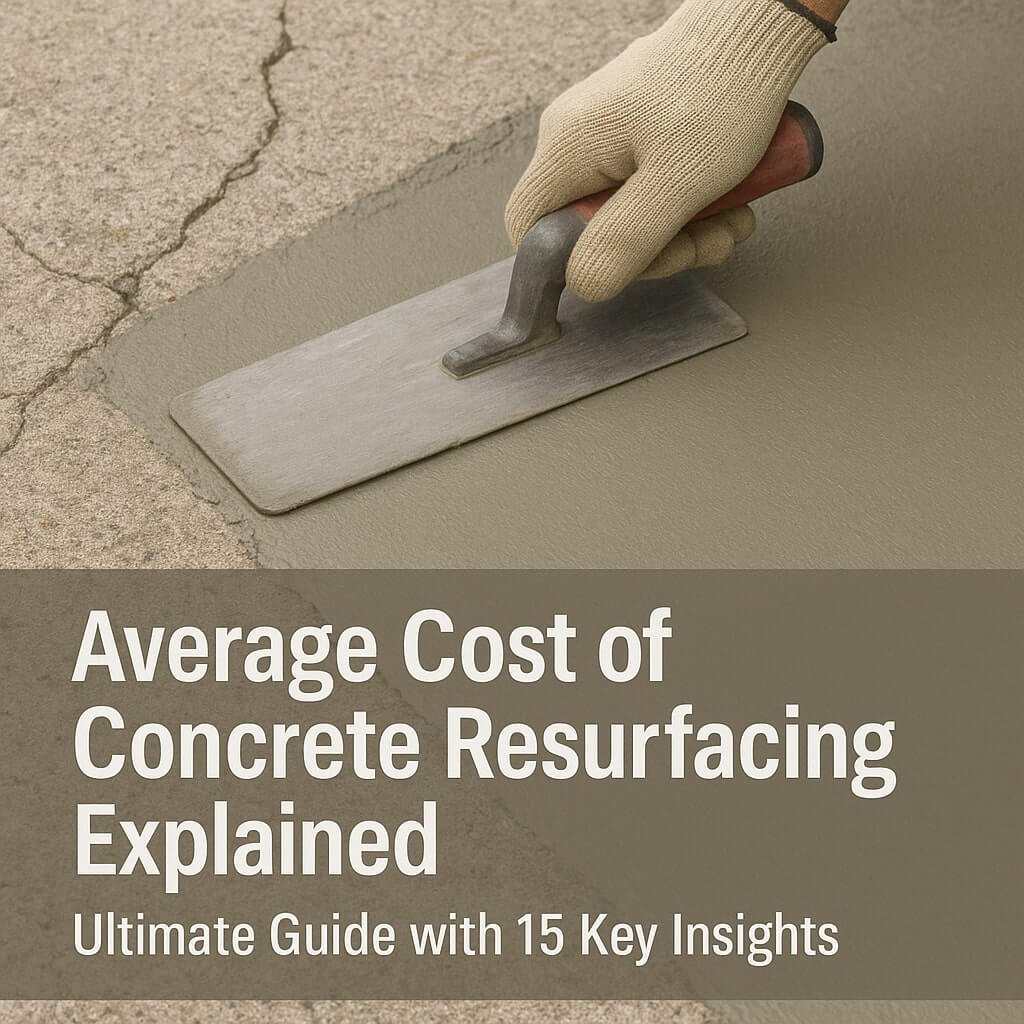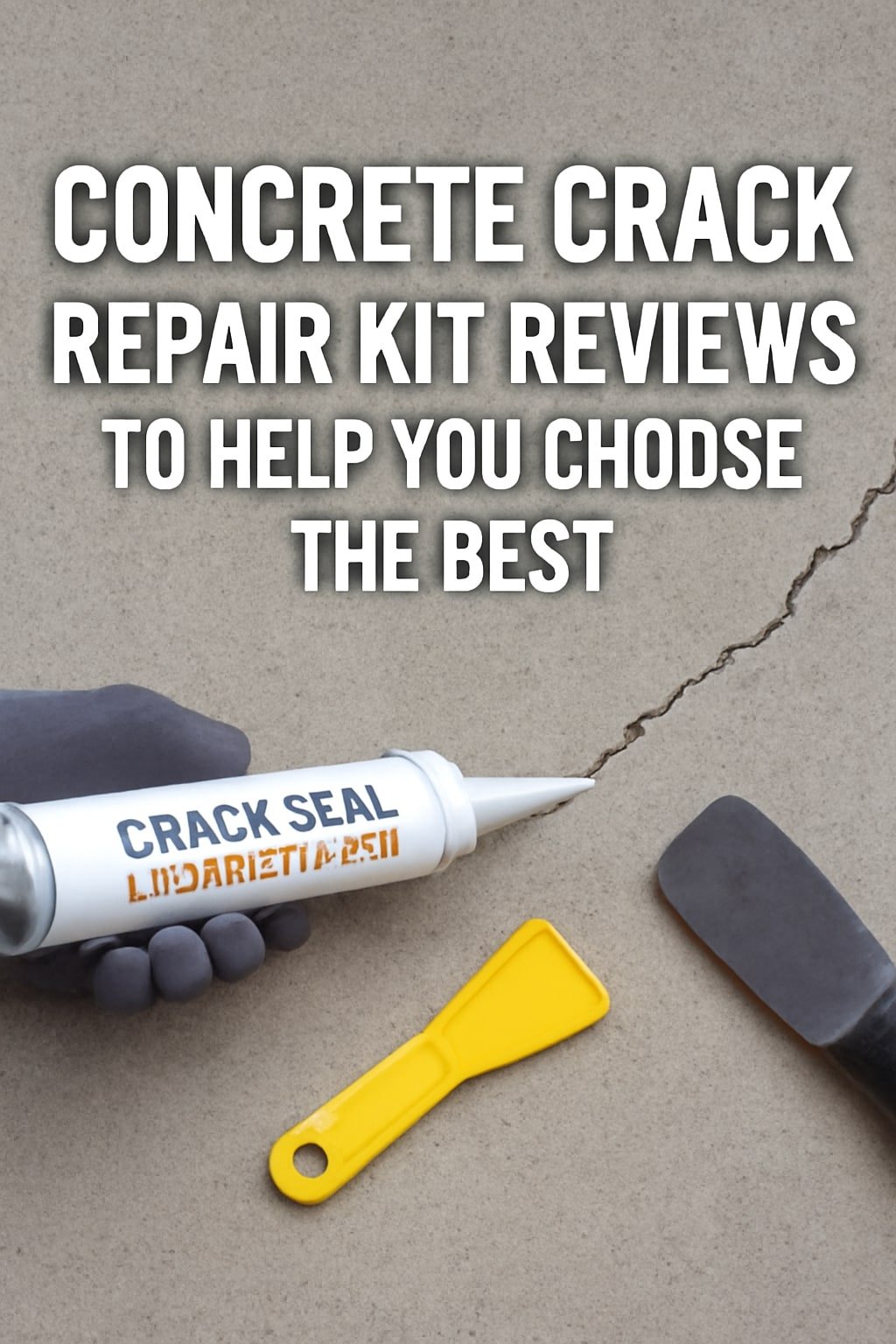Concrete is the backbone of modern construction. But not all concrete is created equal. High-performance concrete (HPC) stands out for its superior strength, durability, and versatility. One of the key reasons HPC achieves such impressive properties is the use of specialised additives. These additives are essential in tailoring concrete’s characteristics to meet specific project demands.
What is High-Performance Concrete?
High-performance concrete is a type of concrete designed to provide enhanced mechanical properties and durability compared to conventional concrete. It usually features improved compressive strength, increased resistance to environmental stressors, and greater workability. HPC is often used in critical infrastructure such as bridges, tunnels, high-rise buildings, and structures exposed to harsh environments.
Why Additives are Crucial in Concrete Mixing

Additives play a pivotal role in the performance of HPC. Without them, achieving the desired balance of strength, workability, and durability is difficult. These substances can modify setting times, improve flowability, and increase resistance to damage from chemicals or extreme weather. In short, additives help concrete adapt to its intended use, making it smarter and stronger.
Types of High-Performance Concrete Additives
Concrete additives generally fall into two main categories: chemical and mineral additives. Each serves a unique purpose in enhancing the concrete mix.
Chemical Additives
Chemical additives are liquid or powder substances that influence the hydration process and physical properties of concrete.
Accelerators
Accelerators speed up the curing or setting time of concrete. This is especially useful in cold weather conditions or when rapid strength gain is needed.
Retarders
Retarders slow down the setting time to allow longer working periods. They are essential in hot climates or large-scale pours where extended workability is required.
Plasticizers and Superplasticizers
Plasticizers improve concrete workability without adding more water, while superplasticizers provide even higher flowability and ease of placement. These additives help reduce water content, which in turn increases strength and durability.
Mineral Additives
Mineral additives are fine powders incorporated into the concrete mix to improve its microstructure and long-term performance.
Fly Ash
Fly ash is a byproduct of coal combustion and is widely used to increase concrete strength and reduce permeability. It also contributes to sustainability by recycling industrial waste.
Silica Fume
Silica fume is an extremely fine powder that significantly enhances concrete’s strength and resistance to chemical attacks. It fills voids in the concrete matrix, making it denser.
Ground Granulated Blast Furnace Slag (GGBFS)
GGBFS is a byproduct from steel manufacturing that improves durability and resistance to sulphate attacks. It also reduces the heat of hydration, minimising cracking risks in large pours.
Benefits of Using High-Performance Concrete Additives
The right additives can dramatically improve concrete properties. Here’s how:
Increased Strength and Durability
Additives like silica fume and superplasticisers enhance the concrete matrix, resulting in higher compressive strength and longer lifespan.
Improved Workability and Flow
Chemical additives such as plasticisers allow concrete to be more workable without sacrificing strength, making placement easier and reducing labor costs.
Enhanced Resistance to Environmental Factors
Additives improve resistance to freeze-thaw cycles, chemical corrosion, and abrasion, protecting concrete structures from premature deterioration.
How to Choose the Right Additives for Your Project
Selecting the right additives involves understanding your project’s specific needs.
Project Requirements and Environmental Conditions
Consider factors such as exposure to chemicals, temperature variations, and load requirements. For example, accelerated setting is vital in cold climates, while retarders work best in hot weather.
Cost Considerations
While additives add upfront costs, they can reduce maintenance and extend the structure’s lifespan, offering long-term savings.
Compatibility with Cement and Aggregates
Not all additives work well with every cement type or aggregate source. Testing and consultation with suppliers are critical to ensure compatibility.
Application Tips and Best Practices
Proper use of additives ensures you get the maximum benefit.
Dosage Recommendations
Follow manufacturer guidelines strictly; overdosing can harm concrete properties, while underdosing may yield no effect.
Mixing Procedures
Add additives at the right stage during mixing for even distribution and effectiveness.
Quality Control Measures
Regular testing for slump, setting time, and strength is essential to confirm the additive’s performance.
Innovations and Future Trends in Concrete Additives
Nanotechnology in Concrete Additives
Nano-sized additives improve concrete at the molecular level, enhancing strength and durability in groundbreaking ways.
Sustainable and Eco-Friendly Additives
New green additives reduce carbon footprints, recycle waste materials, and promote eco-friendly construction.
FAQs About High-Performance Concrete Additives
Can additives replace cement in concrete?
Are mineral additives environmentally friendly?
How do superplasticisers affect concrete strength?
Can additives prevent cracking?
Is it safe to mix multiple additives?
How do I test if additives are working properly?
Conclusion
High-performance concrete additives are game-changers in modern construction. They tailor concrete’s properties to meet exacting standards for strength, durability, and sustainability. Whether you’re working on a bridge, skyscraper, or eco-friendly building, understanding these additives ensures you get the best results. Invest time in selecting, applying, and testing additives to unlock the full potential of your concrete mix.



